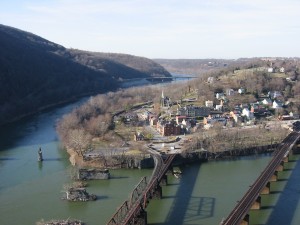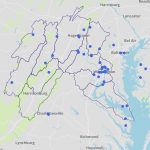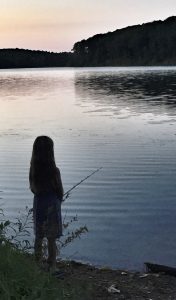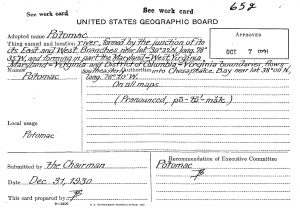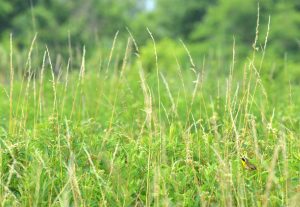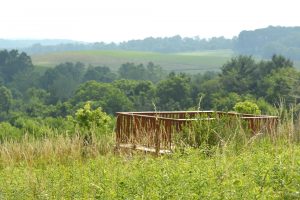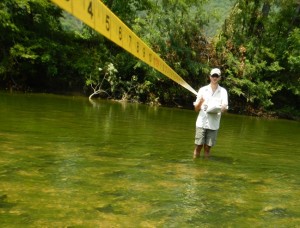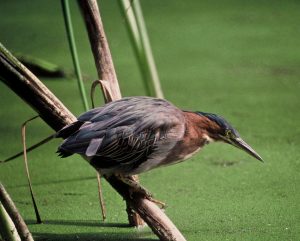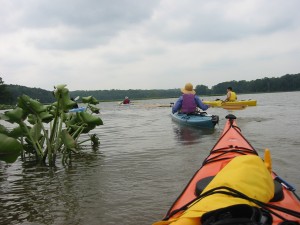About the Basin: Dog Days of Summer
Today is a very important holiday. It is underappreciated and under-celebrated, but nonetheless, it is a day that deserves special recognition. It is 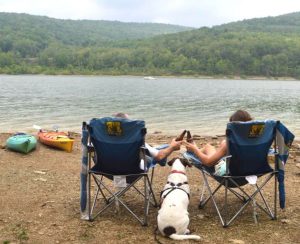 National Dog Day.
National Dog Day.
Celebrate man’s (and woman’s) best friend this weekend and take your dog on an adventure. Hiking, boating, and exploring are all excellent ways to get exercise and bond with your pup.
There is an endless list of dog-friendly hiking spots in the Potomac watershed. Check out websites like Hike with Your Dog and Bring Fido for places in your area.<
Tips for hiking with your four-legged fur friend:
- Be mindful of the trail surface. Paved trails and roads can soak up heat from the sun and hurt their paws if it gets too hot. If in doubt, test the surface with the palm of your hand. If it’s too hot for your hand, it’s too hot for the paw.
- Always keep them on a leash. Your dog may be great off leash, but other dogs might not be as friendly, which can create a dangerous situation.
- Escapes happen, so make sure your dog has proper ID on a secure collar. Bonus points if your four-legged friend is microchipped.
- Don’t forget to bring: doggy bags for pet waste, snacks for your pup, water with a drinking container, and a towel to clean those muddy paws.
- K9’s in the Vine at Linganore Winecellars, August 28 (Mt. Airy, Md.)
- Dog Days of Summer, September 3 (Frederick, Md.)
- Bichon Bash, September 11 (Centerville, Va.)
- DogFest Walk n Roll, September 17 (Arlington, Va.)
- Bark, Wag, and Wine, September 24 (Hume, Va.)
- Mutt Madness at the Fairgrounds, October 9 (La Plata, Md.)
- Pints 4 Paws Beer Festival, October 16 (Arlington, Va.)
- Paws in the Park, every fourth Sunday of the month (Frederick, Md.)


